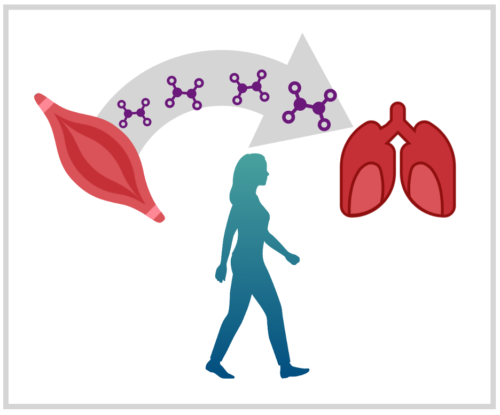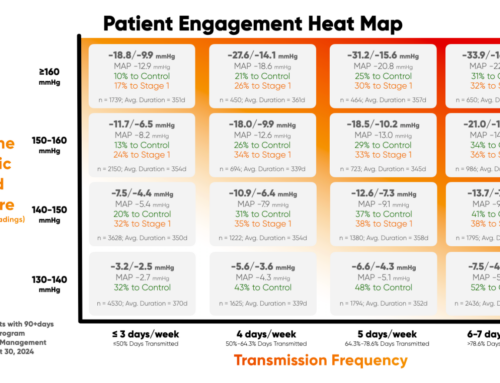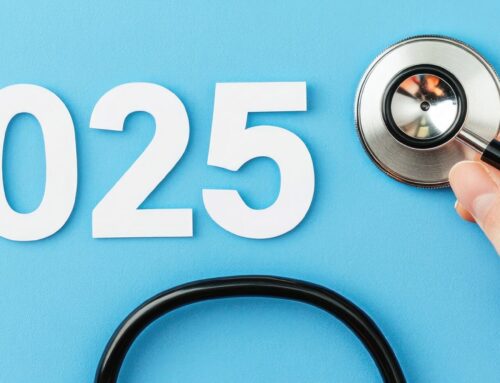COVID-19 EFFECTS ON THE LUNGS
The disease COVID-19, a new SARS virus (Severe Acute Respiratory Syndrome) called SARS-CoV-2, causes death largely through a surge of activated immune cells and their immune molecules called cytokines. This high level of inflammation, and potential “cytokine storm” may provoke a fatal shutdown of multiple organs, especially in the lungs and kidneys. A major mechanism of tissue damage is through the generation of free radicals, which then bind to cell particles to cause disruption and dysfunction. Mortality from COVID-19 is associated with severe free radical damage to the lungs and other organs. Therefore, the ability to increase biological defenses against free radicals (antioxidants) would seem to confer significant protection against COVID-19 mortality.
EXERCISE AND SUPEROXIDE DISMUTASE
The exercise biochemistry lab where I worked at the University of Florida with Dr. Scott Powers specialized in studying the ability for exercise to increase protection from free radicals. Aerobic exercise, by definition, increases oxygen consumption. Free radical generation is proportional to oxygen consumption, therefore every exercise bout poses the risk of free radical damage. However, exercise is eustress, meaning that any damage it creates is counterbalanced by a beneficial adaptation. For example, resistance training damages muscle, but this damage leads to the positive adaptation of muscle tissue repair, regeneration, and hypertrophy.
Similarly, exercise increases free radical scavenging by increasing the tissue expression of major antioxidant enzymes. So a person who exercises experiences increased free radicals during the one hour of exercise, but gains enhanced antioxidant protection during the other 23 hours of the day. The first free radical produced in the oxidant cascade is superoxide, which can be scavenged by the enzyme superoxide dismutase (SOD). Our lab, and others, discovered that exercise increases the muscle and heart levels of SOD to protect these tissues from free radical damage. But since this is a local tissue adaptation (muscle and heart mainly) this, unfortunately, doesn’t apply to the organ failure that causes mortality from COVID-19.
EXTRACELLULAR SUPEROXIDE DISMUTASE
More recent research has discovered that muscle and heart cells are not the only tissues to acquire the benefits of higher SOD expression in response to exercise. Other organ systems can obtain antioxidant protection from another form of SOD that is released from the muscle into circulation. This extracellular form of SOD is released during exercise like an exercise-mediated muscle hormone (myokine) and can be deposited in tissues like the lungs and kidneys to increase and enrich major antioxidant functions. This discovery is particularly exciting since animal models have already shown that extracellular SOD released during exercise protects against acute respiratory distress syndrome by combatting free radicals in the lungs.
SUPPORTING EVIDENCE
In a recent paper by Yan et al., it is noted, “These findings strongly support that enhanced EcSOD expression from skeletal muscle or other tissues/organ, which can be redistributed to the lung tissue, could be a viable preventative/therapeutic measures in reducing the risk and severity of ALI/ARDS. Considering the current outbreak of the 2019 Novel Coronavirus infection (COVID-19), which is an infectious disease that leads to progressive ALI/ARDS in many patients, it is conceivable that regular exercise might be effective in preventing while EcSOD gene/protein therapy might be effective in treating ALI/ARDS under the condition of COVID-19 infection.”
Key Takeaways
Exercise produces an enzyme that can defend the lungs from inflammation-induced oxidative stress, which may be the major cause of COVID-19 mortality. This is great news for people exercising daily, since this may help maintain high levels of antioxidant protection in the lungs, kidneys, and other major organs.
In Health,
Dr. Wesley Smith, P.h.D
Co-Founder, Chief Science & Innovation Officer
To learn more on this topic, please view our on-demand webinar, Monitoring Invisible Health Data to Improve Patient Outcomes (Part 2 of 3): The Potential Benefits of Exercise in Defending Against COVID-19 led by Dr. Smith.
Citations
- Yan Z, Spaulding HR. Extracellular superoxide dismutase, a molecular transducer of health benefits of exercise [published online ahead of print, 2020 Mar 19]. Redox Biol. 2020;32:101508. doi:10.1016/j.redox.2020.101508
- Simpson RJ, Katsanis E. The immunological case for staying active during the COVID-19 pandemic [published online ahead of print, 2020 Apr 18]. Brain Behav Immun. 2020;S0889-1591(20)30573-0. doi:10.1016/j.bbi.2020.04.041











